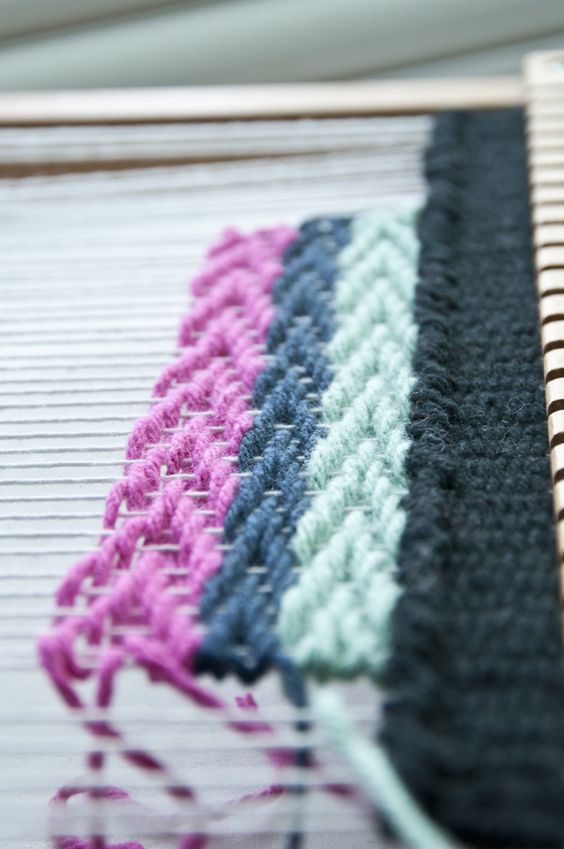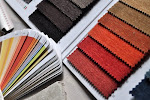
Woven fabrics are composed of fibers that are hung on a loom and then interlaced with other fibers, both vertically (known as the warp) and horizontally (known as the weft), to form a textile. A helpful mnemonic device to remember the different directions is, “Weft goes right and left.”
History and Origins
The earliest woven fabrics dates back to the Neolithic period of around 5000 B.C.E. While originally done by hand, they have become mechanised and now many fabrics can be classified as woven, both natural and synthetic as well as blends of both. Woven fabrics are now produced on looms, with the earliest known evidence of a loom dating back to 4400 B.C.E. Since then, looms have been continually in use, with high-tech versions used today.
Development
Although the earliest woven fabrics were crafted by hand on a loom, the industrialisation of the textile industry through the years has helped to speed up the process so that woven fabrics can be more easily produced and readily available. Woven fabrics are used in many different applications, from clothing and upholstery to industrial uses.
Raw Materials
Woven fabrics come from the same sources as other textiles: animals, plants and minerals, with synthetic petroleum-sourced materials being added in the last century.
Types
According to the Britannica Online Encyclopedia, there are many different types of weaves and they can be divided into two categories: basic (plain or tabby, twill, and satin) and fancy (pile, Jacquard, dobby, and gauze).
Plain weaves align the warp and weft so that they are perfectly aligned. The simple design creates a strong and sturdy fabric that is suitable for both clothing and upholstery. These woven fabrics include: calico, gingham, cheesecloth, percale, voile, chiffon and taffeta.
Tabby/twill weaves are arranged so that the warp and weft are off to form a diagonal pattern. This technique creates a stronger, sturdier fabric that can be draped, and is commonly used for jeans, jackets and curtains. Examples of twill fabrics are: denim, gabardine and tweed.
Satin weaves have a complicated arrangement so that threads along the warp or weft “float” longer. This arrangement creates a shiny, smooth surface which reflects light and results in a surface most often known as satin. Although satin is pretty, it tends to be impractical as the longer, floating spacing makes the fabric more susceptible to snags.
Examples of fancy woven fabrics include Oxford cloth, carpets, velvet and others.
Popularity
The majority of fabrics are woven fabrics. Woven fabrics are cheap to manufacture and can take on many different characteristics, depending on the type. Various finishes and attachments can be used in conjunction with weaving, which result in a different type of cloth, but with very little additional expense to the manufacturer.
